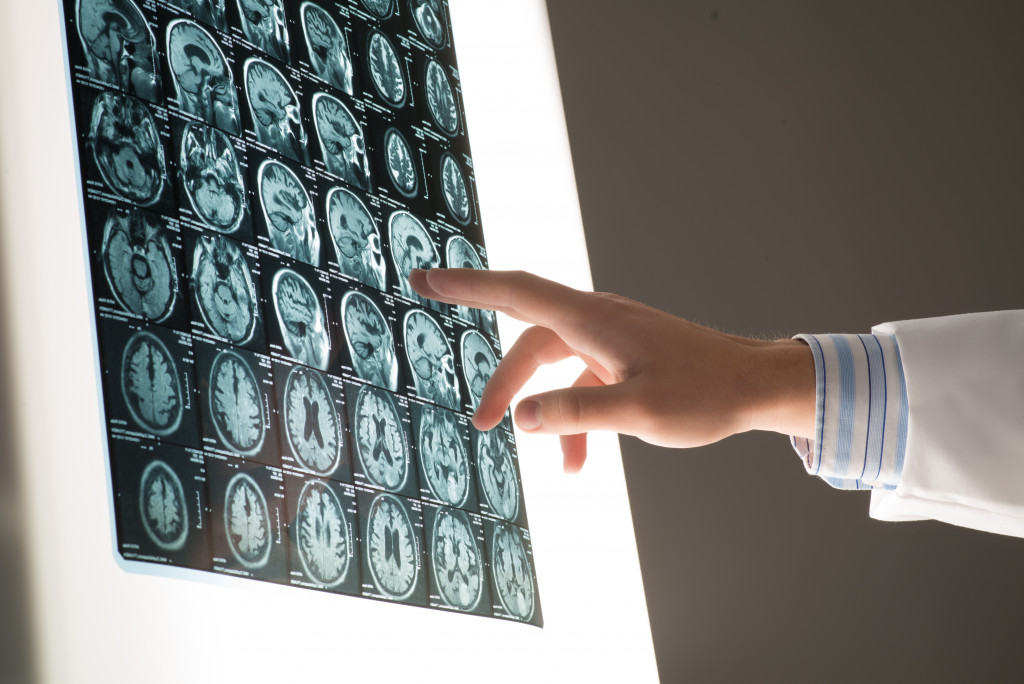In recent years, medical technology has progressed by leaps and bounds. What once required invasive surgery and a lengthy hospital stay can now be done quickly and easily in an outpatient setting. This is not only good news for patients but the already overburdened healthcare system as well. Here are five ways medical technology is streamlining patient care.
1. Dental Implants
Medical technology has come a long way in recent years, and dental implants are one of the many ways it has streamlined patient care. Dental implants are a permanent solution to missing teeth, and they can be used to support dental bridges and dentures. In the past, patients who needed tooth implants had to undergo lengthy and invasive surgery. However, this is no longer the case, thanks to advances in medical technology.
Now, efficient dental implants can be placed using minimally invasive techniques, which means that patients can enjoy all the benefits of dental implants with little to no discomfort. As medical technology continues to evolve, dental implants will likely become even more popular as they provide patients with a safe and effective way to improve their oral health.
2. Minimally Invasive Surgery
Minimally invasive surgery is a breakthrough in surgical techniques. It allows doctors to operate on patients with much less invasiveness, trauma, and risk than traditional surgery. This is made possible by using smaller incisions, special instruments, and cameras to see inside the body. As a result, patients can often go home the same day or the next day following surgery.
In addition, they often have less pain and a quicker recovery. Minimally invasive surgery is more effective than traditional surgery for many procedures. As medical technology evolves, minimally invasive surgery will likely become the standard of care for many more procedures.
3. Advanced Imaging Technology
Patients are often misdiagnosed because doctors are working off of outdated technology. Advanced imaging technology is quickly changing by providing doctors with clear, concise images to help identify problems sooner. This saves lives and helps streamline patient care by getting them the treatment they need more quickly. In the past, patients would have to wait for days or even weeks to get their results back from an MRI or CT scan.

Now, thanks to advanced imaging technology, doctors can often get results back within hours. This is a major game-changer for doctors and patients, helping to revolutionize the medical field. With the new imaging technology and quick results, doctors can diagnose and treat patients more quickly and efficiently. Quick treatments save people’s lives because when the treatment is not given quickly, the patient’s medical condition can get worse and lead to complications.
4. Personalized Medicine
Personalized medicine is a rapidly evolving healthcare field tailored to individual patients. By using cutting-edge technologies, personalized medicine can target treatments more precisely and provide a higher level of care. In the past, patients would often receive the same treatment regardless of their individual needs. However, personalized medicine considers each patient’s unique biology to create a treatment plan specifically designed for them. As a result, personalized medicine can significantly improve patients’ outcomes and quality of life.
Additionally, personalized medicine can help reduce healthcare costs by targeting treatments more effectively. As more research is conducted and new technologies are developed, personalized medicine is poised to transform healthcare delivery.
5. Robotic-Assisted Surgery
In evidence-based medicine, patients must receive the best possible care. To that end, medical technology has evolved to meet the needs of both patients and physicians. One such innovation is robotic-assisted surgery. This technology allows surgeons to work with greater precision, improving patient outcomes.
In addition, robotic-assisted surgery can streamline patient care by reducing the need for follow-up appointments and hospital stays. As medical technology continues to evolve, more and more procedures will likely be performed using this type of technology. This will allow patients to receive the best possible care while also reducing the overall cost of healthcare.
Robotic surgeries are minimally invasive, using small incisions, special instruments, and cameras to see inside the body. RPA and Artificial Intelligence technology power the technology. With the help of AI technology, the surgeon can pre-plan the surgery, which helps in reducing the time taken for the surgery.
Final Thoughts
Medical technology has come a long way in recent years and shows no signs of slowing down anytime soon. The benefits of these advances are numerous, both for patients and the healthcare system. From fewer office visits to shorter hospital stays, medical technology is making it easier for patients to get the care they need without sacrificing their time or comfort.

